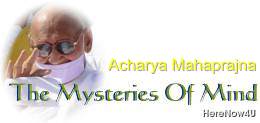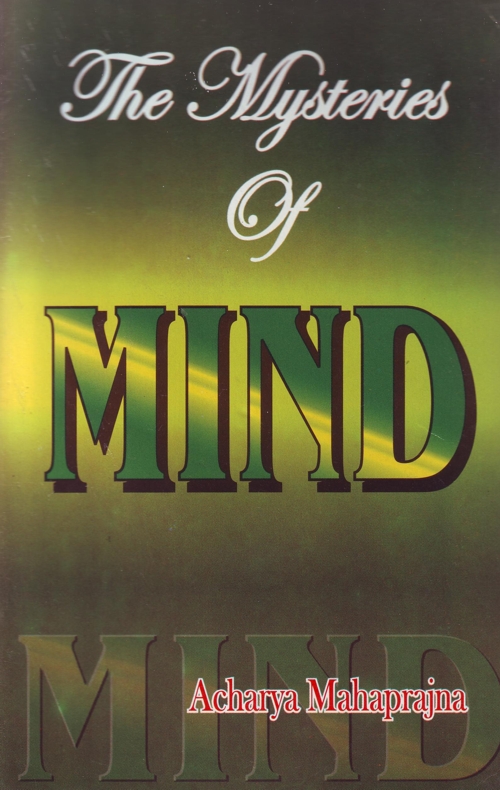
- Freedom from nervous tensions
-
- Means: Kayotsarga.
- Wakefulness
-
- Means: Breath-perception and body-perception.
- Change of heart
-
- Means: Perception of consciousness centres.
- Tendency to seek solution of problems within one' s self
-
- Means: Practice in introversion, self-perception.
- Solution of complex problems
-
- Means: A ten minutes' concentration of Ananda (Joy) centres (yellow colour).
- Relief from mental excitement
-
- Means: A ten minutes' concentration of white colour in the knowledge centres.
- Relief from mental strife
-
- Means: Channelization of mental processes into the
Susumna (spinal cord).
- Means: Channelization of mental processes into the
- Idleness, laziness, inactivity
-
- Means: Concentration on the red colour in the Darshan (perception) centres.
Anupreksa (contemplation) is a struggle, a battle. First we have to fight against the place we sit in, then against the seats on which we sit, then against the clothes we wear, then against our bodies and last against the karma body. We have to fight against anger, pride, deceit, attachments, aversions, jealousy, etc. The initial struggle is a struggle against external enemies. The front then changes and the practitioner begins to struggle within himself.
Once the internal struggle begins, the practitioner becomes immersed in the feeling of friendliness. He has to be friendly towards every thing outside him. His external struggle ends in a truce. He cannot struggle on two fronts simultaneously. He can fight on a single front only, either on the external front or on the internal front. If he fought on two fronts, he will be defeated. If he desires victory, he will have to fight the external and the internal enemies by turns. The battle, which he has to fight, is like the battle between Bharata and Bahubali. Bharata was the, emperor of a vast kingdom and commanded a huge army. Bahubali, on the other hand, was the king of a smaller king and the forces at his disposal were very small. The battle is an allegory. Bharata is a symbol of the forces of delusion and ignorance and Bahubali symbolizes the emergence of consciousness. Bharata demanded of Bahubali that he should accept the former as his overlord, which he refused to. He declared that he would preserve his independence and sovereignty at any cost.
Mankind has always been subjected to delusion. But strong-willed men like Bahubali have always resisted it. They always forced the forces of delusion to retreat. The practitioner of sadhana will always maintain his independence and will not accept subordination to any power on earth. He would awaken the Bahubali in him. He would refuse to be overwhelmed by the forces of delusion and ignorance. He would join battle with them. What is needed is a strong will and determination. A strong determination and an equally strong devotion to truth made Bahubali victorious over his adversary. The practitioner always remains wakeful and eschews self-negligence. He will never surrender before the forces of delusion.
Bharata had a ring-shaped weapon called Cakra. It had been coveted even by the gods. The practitioner of sadhana also has such a weapon with him. It is the weapon of preksa or the power of perception or perceptive meditation. Preksa dhyana is a powerful meditation, he has nothing else to do except to perceive.
 Acharya Mahaprajna
Acharya Mahaprajna

